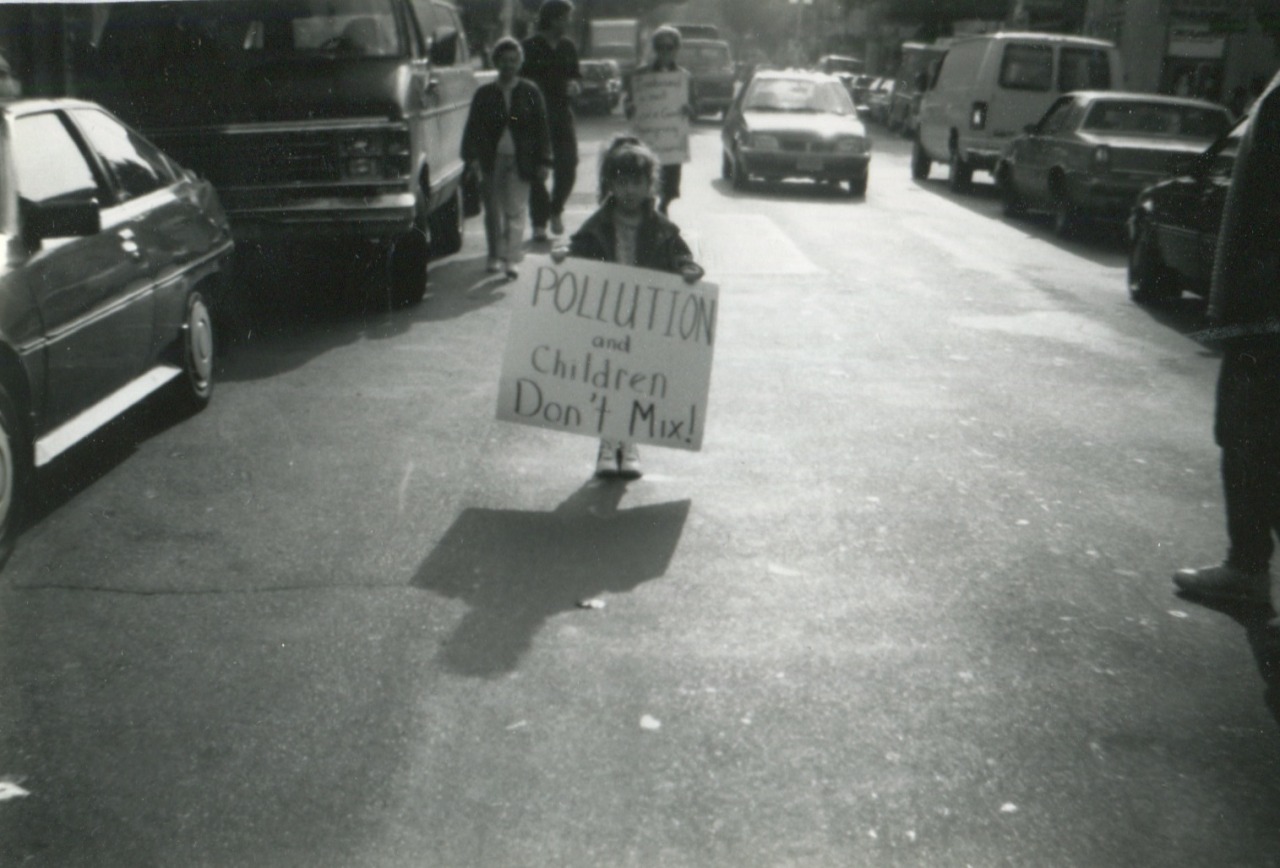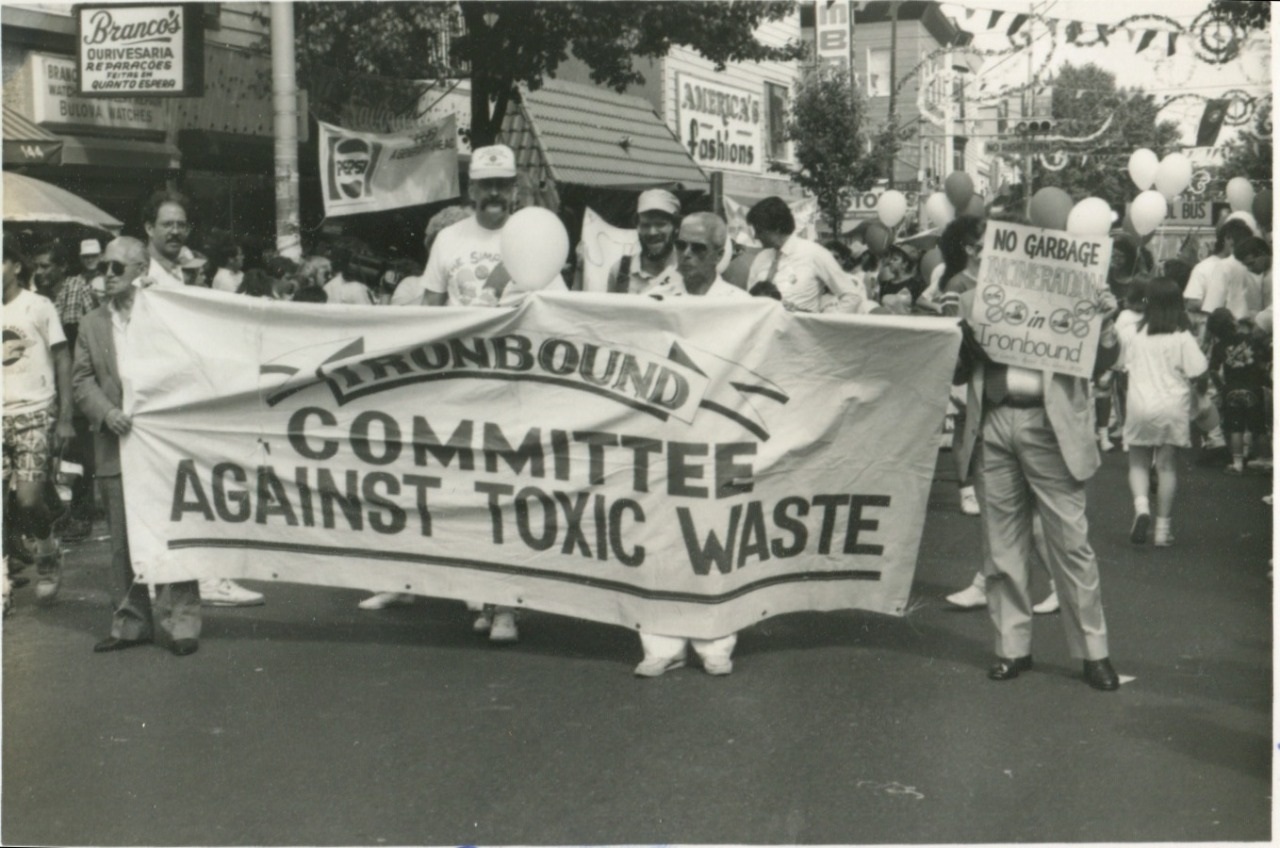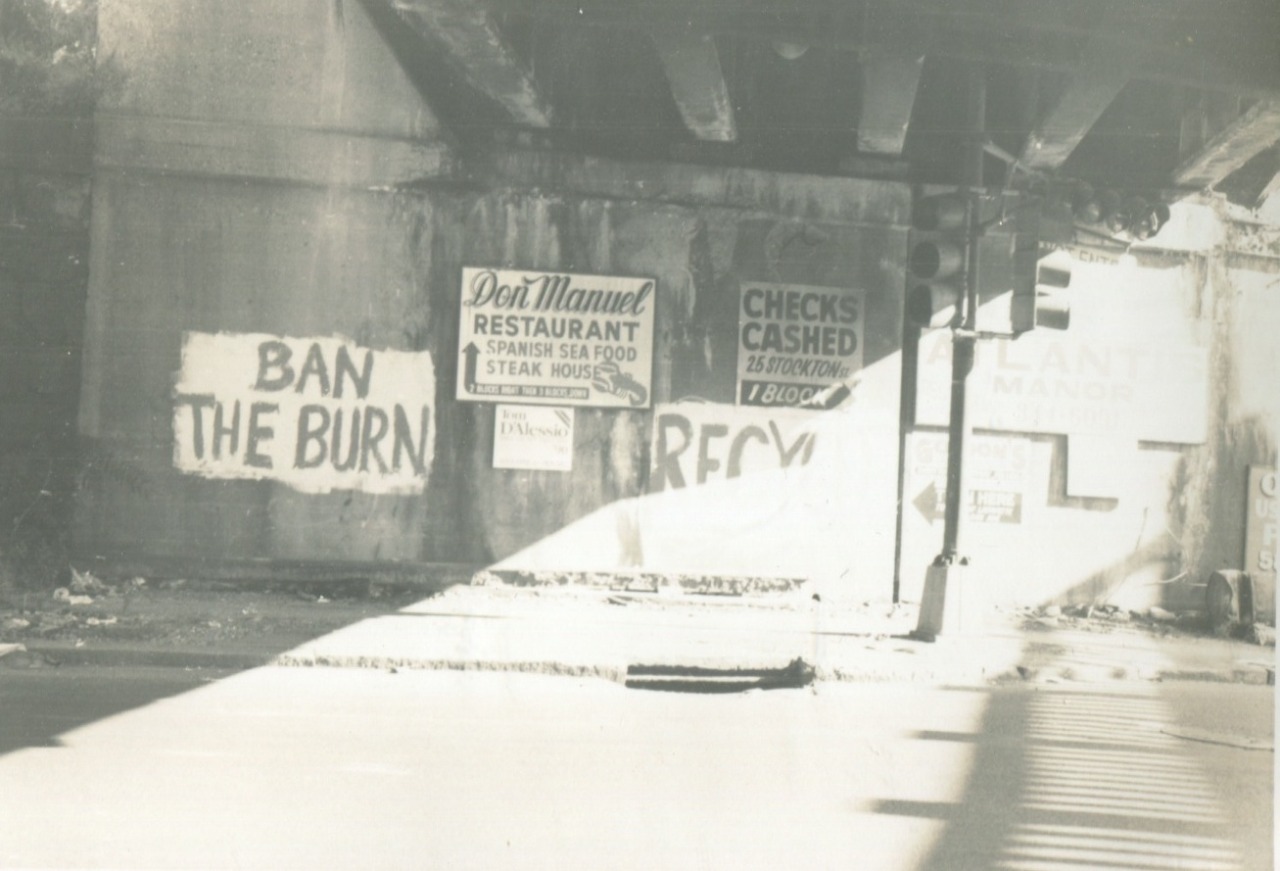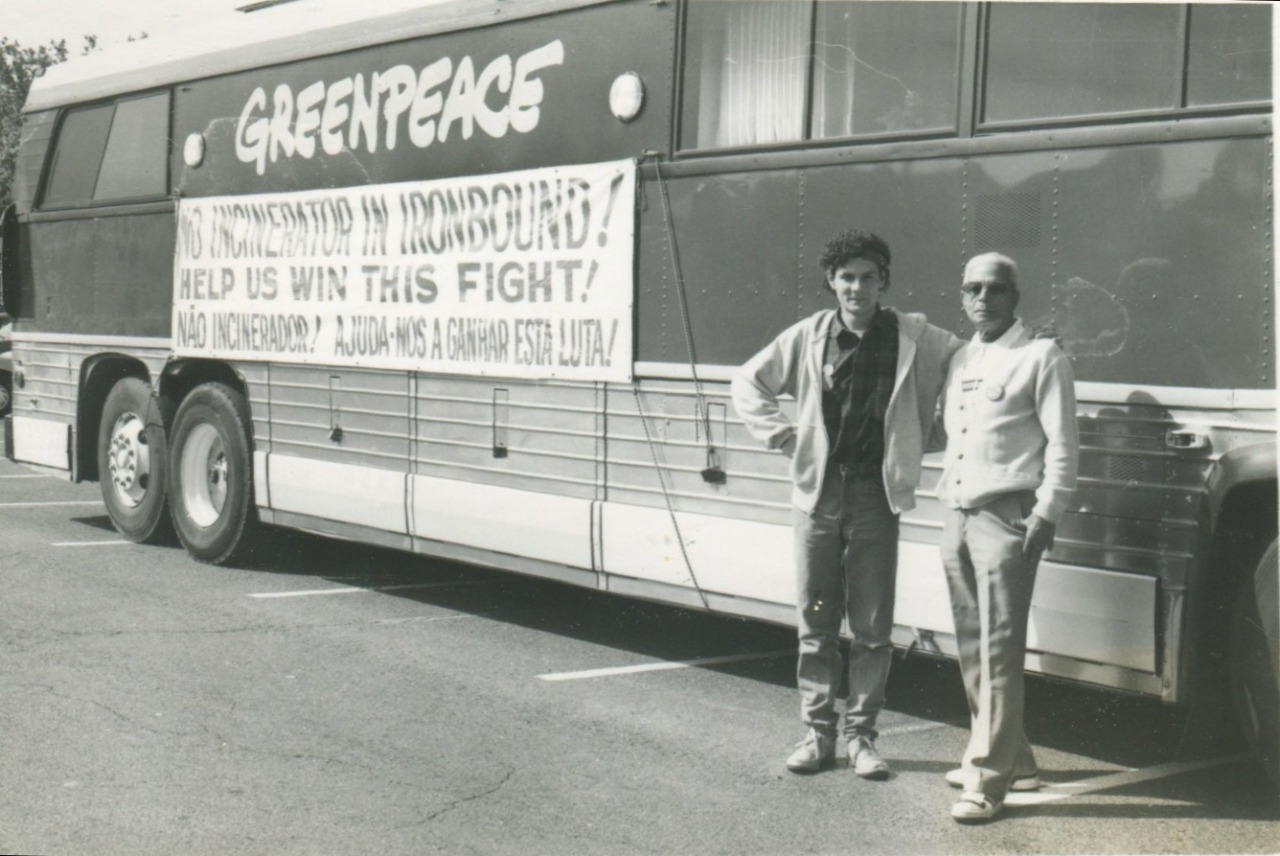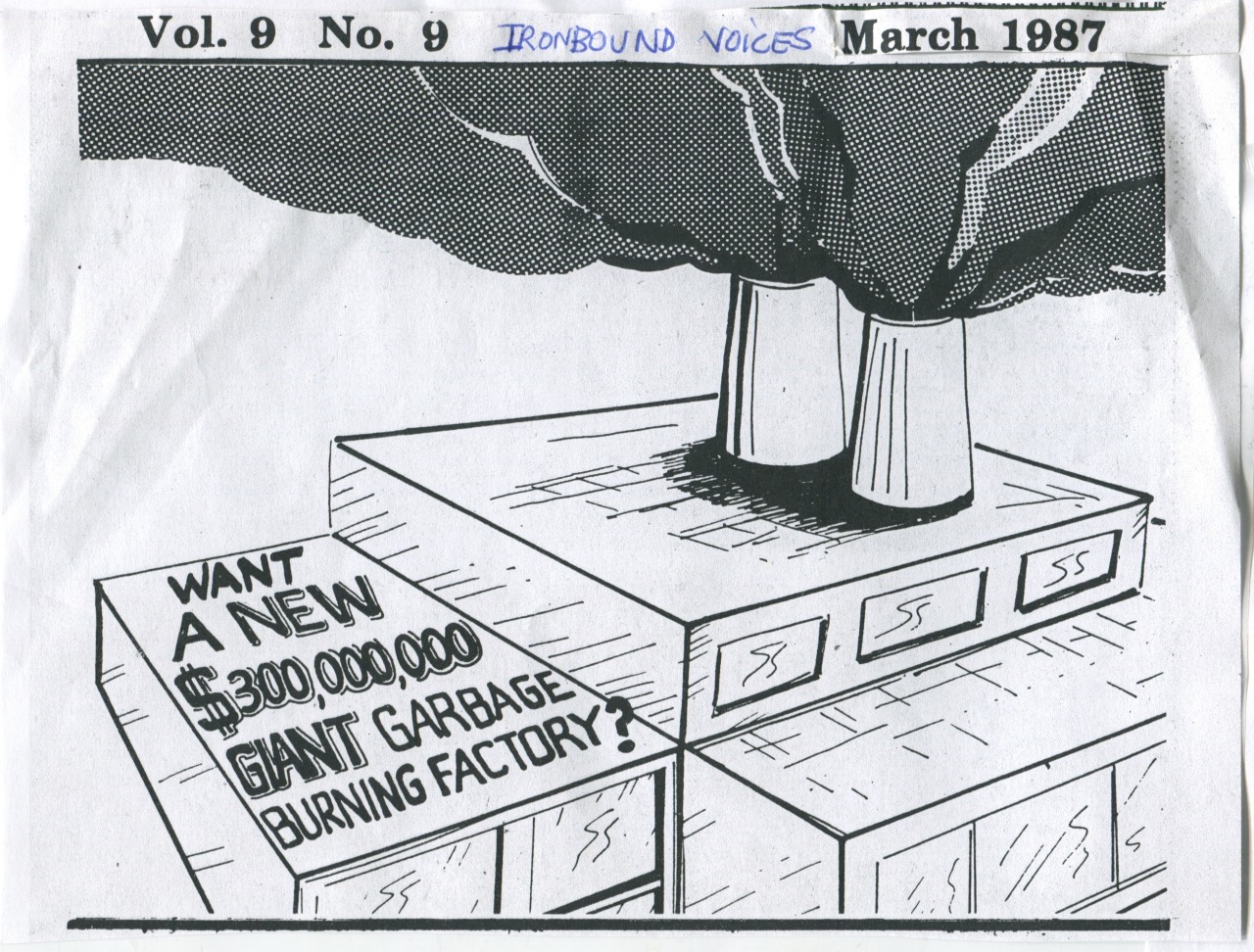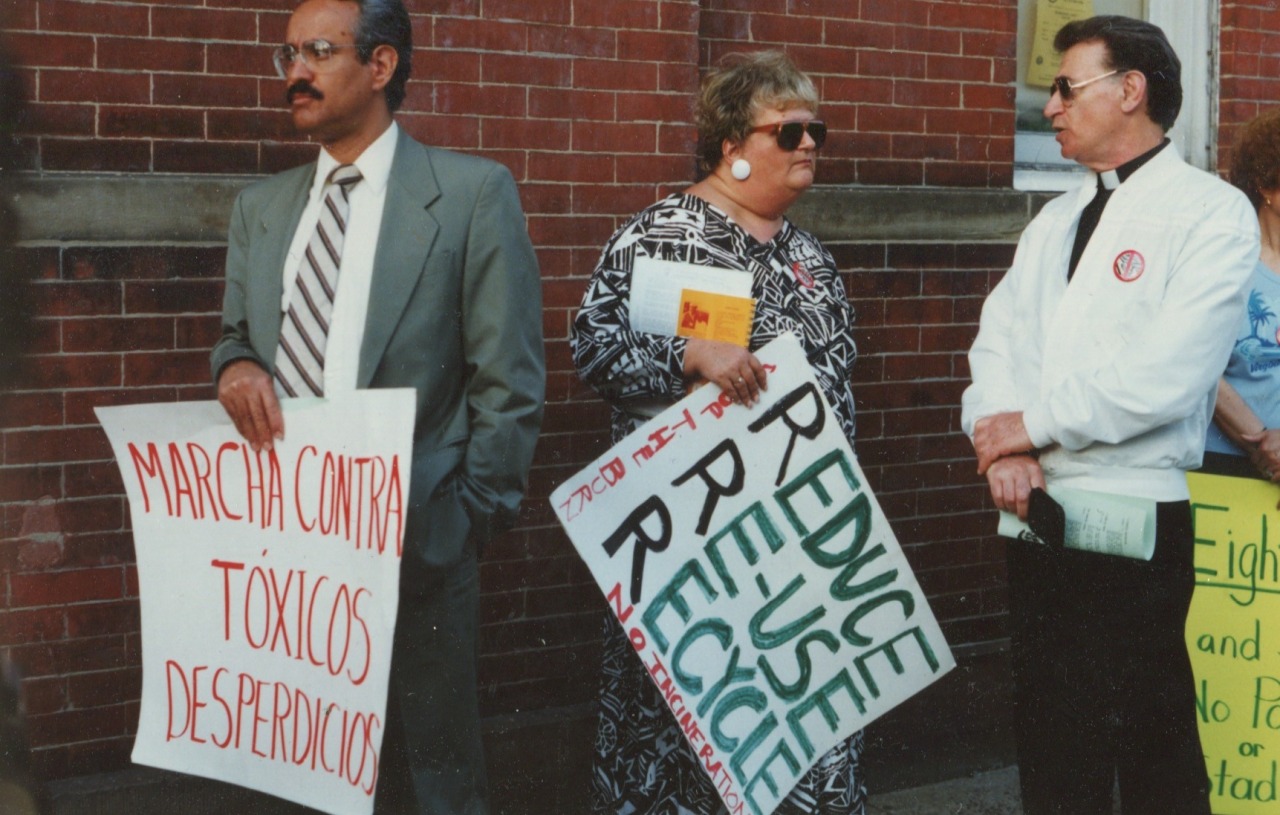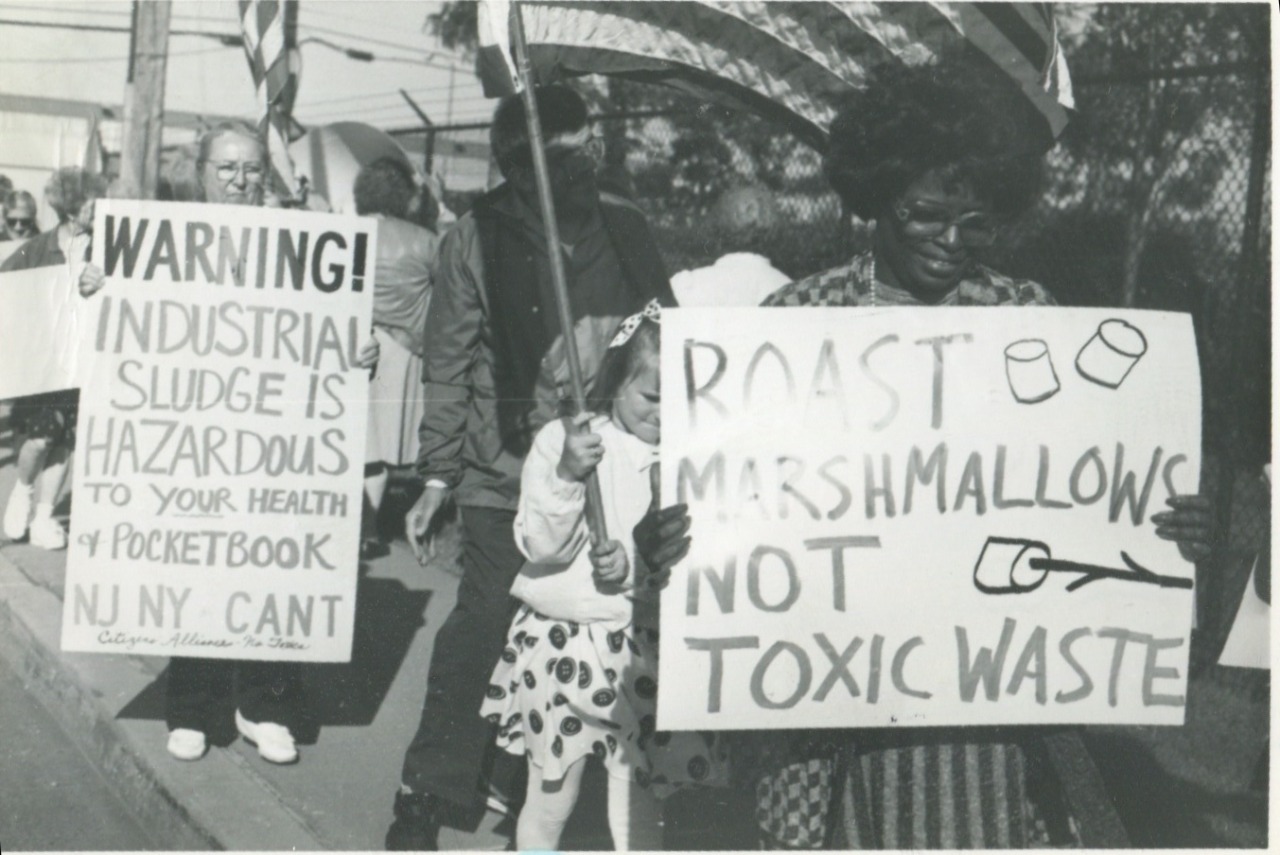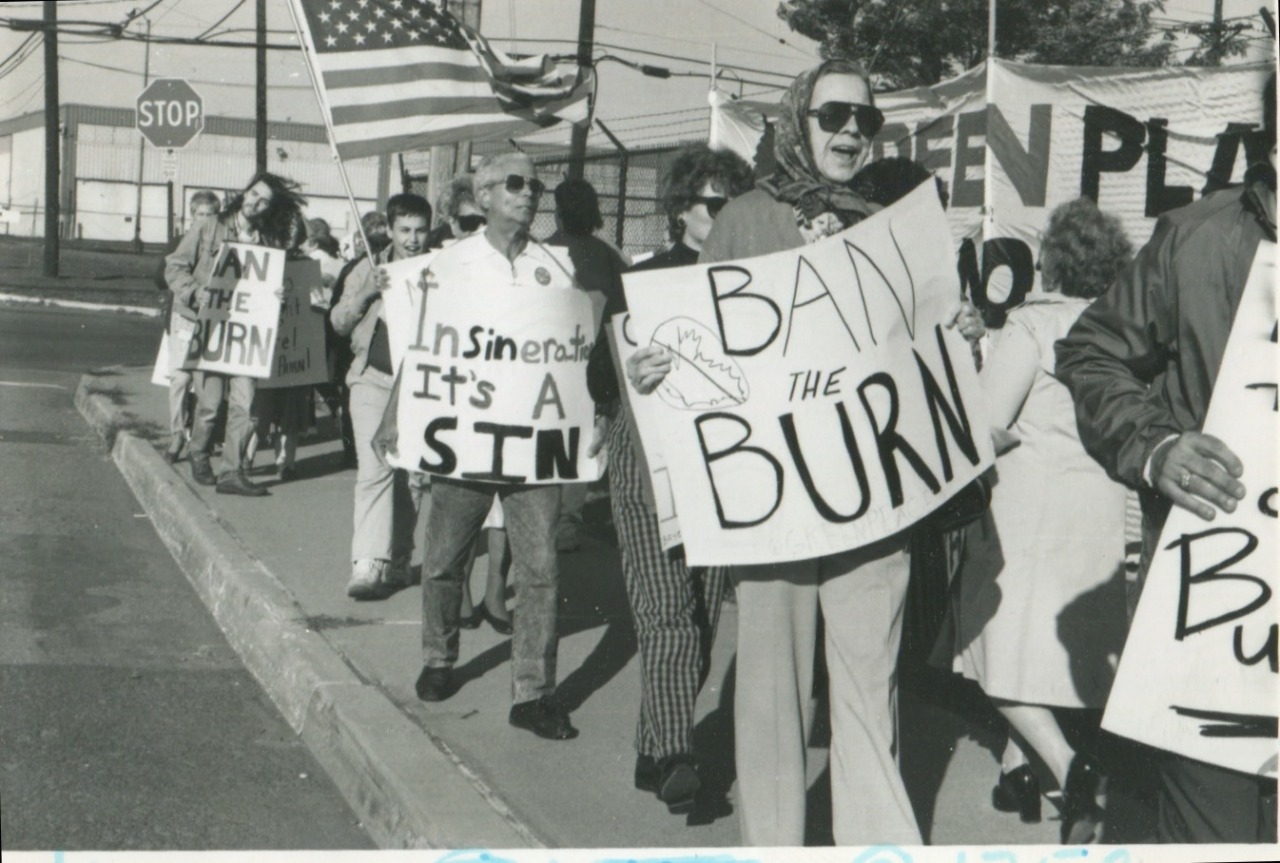Who is Covanta?
Covanta (formally known as Ogden Corporation) is a corporation that provides waste management and incineration services. According to their website, “Covanta’s mission is to provide sustainable waste and energy solutions to ensure that no waste is ever wasted.” They plan to do this by utilizing their global network of energy-from-waste and material processing facilities. They claim to be preserving valuable natural resources while also generating clean energy. Every year Covanta burns roughly 20 million tons (1 Million tons in Newark) of garbage while generating enough electricity to power one million homes nationwide. Covanta recycles somewhere around 500,000 tons of metal every year. They have a large network of treatment and recycling facilities, and apart from that they provide industrial material management services to companies in various industries.
Interview with James Regan: Director of Communications for Covanta
Energy-From-Waste
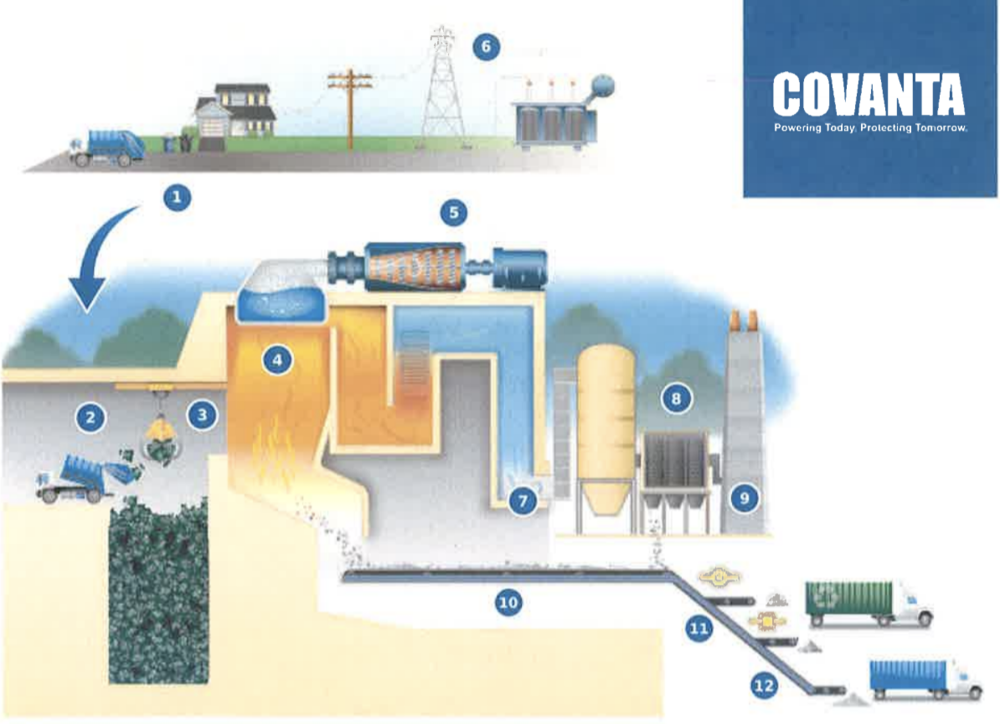
Most Energy-From-Waste processes generate either electricity or heat using combustion, they might also produce combustible fuels such as methane, methanol, ethanol and synthetic fuel. The process goes as follows; Waste is first burned, the heat from incineration creates steam, this steam drives a turbine that generates electricity. A facility of this type requires; a stockpile of waste, a furness, a boiler with heat exchangers, a water supply system, a turbine, and a huge generator. The waste is stored in large bunkers. It is transferred from the bunkers to a shoot, which leads to the furness below the plants boiler. The temperature in the furnace is usually over 850°. (EngineeringTimelines, 2010) Burning wastes at these temperatures converts the discarded materials, including paper, plastics, metals, and food scraps into bottom ash, fly ash, combustion gases, air pollutants, wastewater, and wastewater treatment sludge. Achieving the highest level of efficiency with at the lowest volume of byproduct is the general goal, but is Covanta succeeding? In monetary compensation, of course they are. In regards to environmental sustainability, they are one of the biggest failures in the city of Newark.
The Ironbound is at Risk
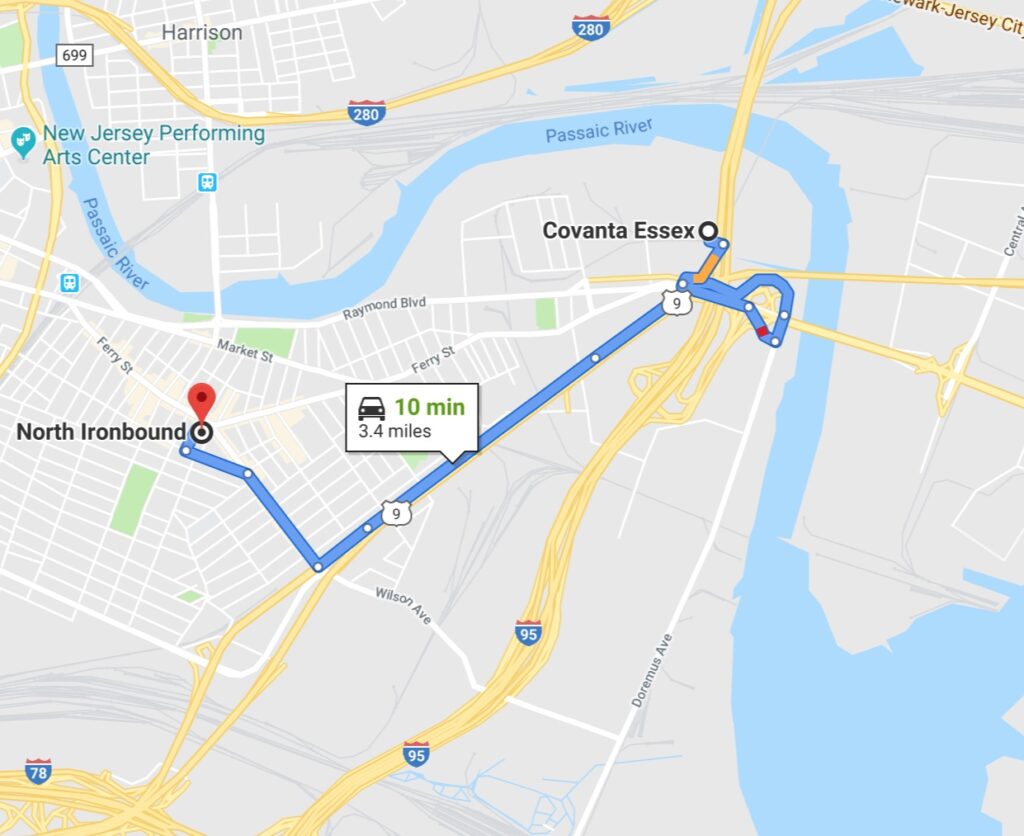
The byproducts from energy-from-waste facilities are terrible for the environment. Industries like Covanta are destroying our atmosphere with pollution and making millions upon millions of dollars in doing so. The bulk of the waste that’s incinerated is plastic. The emissions released are called flu gasses. Flu gasses contain fly ash which contain particles that can travel hundreds of miles. Some of these particles have been known to cause cancer. These particles are slowly killing the people of Newark, and neighboring cities. (Sekhon, Jasmine 2015) Unfortunately, however, not enough people are aware of these kinds of injustices, some don’t understand the magnitude of these situations and some feel there is nothing to be done.
The Incinerator contributes to these adverse environmental conditions by emitting carbon monoxide, sulfur dioxide, particulate matter, and other harmful pollutants. According to the American Lung Association, Essex County has the highest population at-risk of developing pediatric asthma due to air pollution in New Jersey.
United States EPA
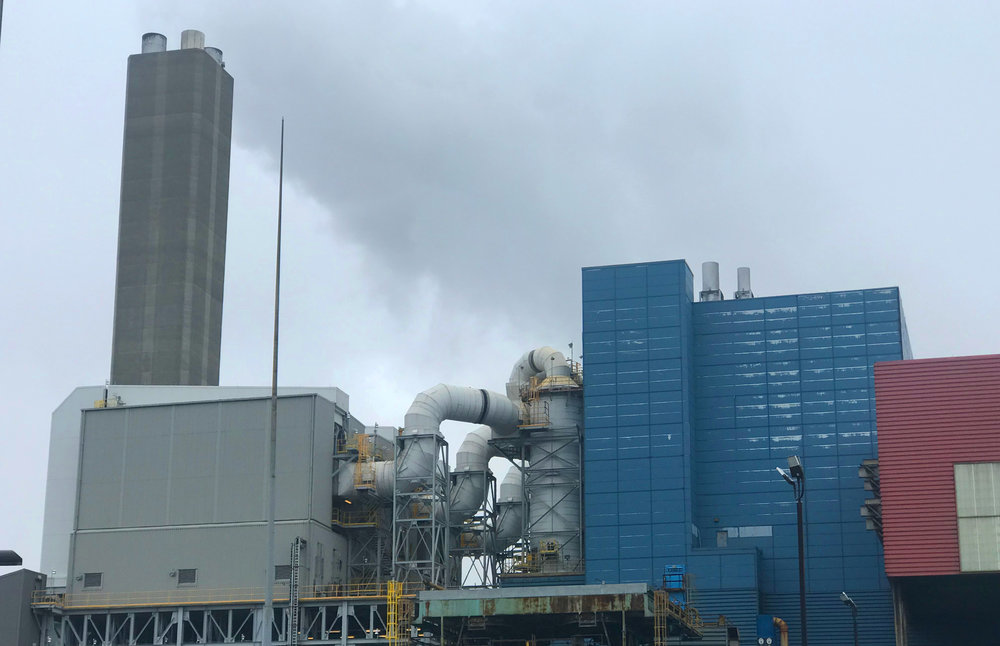
Gases such as nitrogen oxide contribute to respiratory illness and acid rain. While other gases such as ozone contribute to damaging biological tissue and vegetation. The chemical and physical changes caused by burning garbage disrupts the natural composition of the atmosphere. These kinds of disruptions can cause for rain to fall a few week later than expected, this causes plants to bloom later. As a result the atmosphere is slowly dying. The locations where incinerators are built tend to drive property values down. This is because the quality of life to be had in these areas is not good.
Incinerators play a large role in damaging the environment and depleting the quality of earth’s natural resources and the overall quality of life for those who live among them. We as individuals can prevent many reusable materials from ending up in incineration plants by simply recycling and disposing of waste properly.
Through this assignment we have learned so much about the impacts that industries, particularly incinerators like Covanta, have on the environment in which we spend significant amounts of time but it’s safe to say we may never have known without it being brought to our attention through this class. As the informed, it is our duty to spread the word and make sure to make more people aware of what is at stake.
Interview with Melissa Miles: Ironbound Community Corporation EJ Manager
Community in Outrage
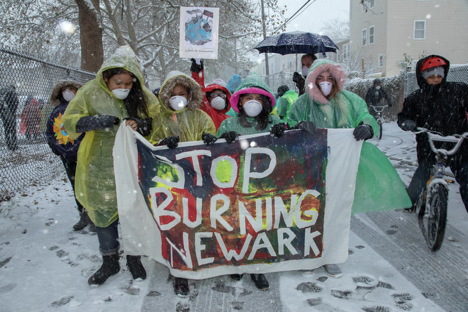
In mid November of 2018, dozens of students and their parents took to the streets to protest their bothersome neighbor. The group marched about a mile from their Ironbound community to Covanta’s Essex facility on Raymond boulevard armed with signs that read, “Stop burning Newark.” and “We want clean air.”
Though Covanta claims that the Essex facility is operating well below the allowable levels of emissions, it is known that they are still a contributor of lead, dioxin and many other extremely harmful pollutants in the area in addition to other contributors like the Newark airport and Port Newark.
The overwhelming response from the community is that it is unfair. “This would not be allowed in an affluent neighborhood,” said Maria Lopez, director of environmental justice for the Ironbound Community Corporation.
Covanta Essex disposes of trash from over 22 municipalities in Essex County and New York City, which equates to nearly 3,000 tons of trash per day. Lopez continued, saying, “We’re seeing a disproportionate burden on the residents of Newark.”

The feud between Covanta and the Ironbound community has existed for decades, even before the facility was actually built. While Covanta remains adamant that they are not the cause, the fact remains that Newark residents are at risk.
One in four kids in Newark has asthma (Yi, Karen, 2018). Nearly 25% of children under the age of 16 have elevated levels of lead in their bloodstreams. Lopez said, “We think it’s all their responsibility and Covanta should answer for their share of the responsibility.”
Photos courtesy of the ICC “Picturing Justice” Tumblr page
Bibliography
- Ironbound Community Corporation. “PETITION BY IRONBOUND COMMUNITY CORPORATION ANN GREENFA1TH~.” Epa.gov, 14 July 2009.
- “Our Business.” Covanta, www.covanta.com/About-Covanta.
- EngineeringTimelines. “How a Waste-to-Energy Plant Works.” YouTube, YouTube, 24 Nov. 2010, www.youtube.com/watch?v=lmtOuAed5nM&t=118s.
- Sekhon, Jasmine. Why Incineration Is Bad. 27 Mar. 2015, www.youtube.com/watch?v=5WCMq5wuxPI.
- “Picturing Justice.” Picturing Justice, picturingjustice.tumblr.com/?ref_url=http://picturingjustice.tumblr.com/post/56532235196/this-early-ironbound-community-corporation-photo/embed.
- Yi, Karen, and NJ Advance Media. “'Our Air Is Not Good Enough.' Kids Fight Plant Burning 2.8K Tons of Trash Every Day.” NJ.com, NJ.com, 9 Dec. 2018, expo.nj.com/news/erry-2018/12/9799c118c54580/our-air-is-not-good-enough-kid.html.
- Craig, Caroline. “Industry Surrounds Newark's Ironbound Neighborhood-But These Residents Won't Let It Define Them.” NRDC, 9 Apr. 2019, www.nrdc.org/stories/industry-surrounds-newarks-ironbound-neighborhood-these-residents-wont-let-it-define-them.
